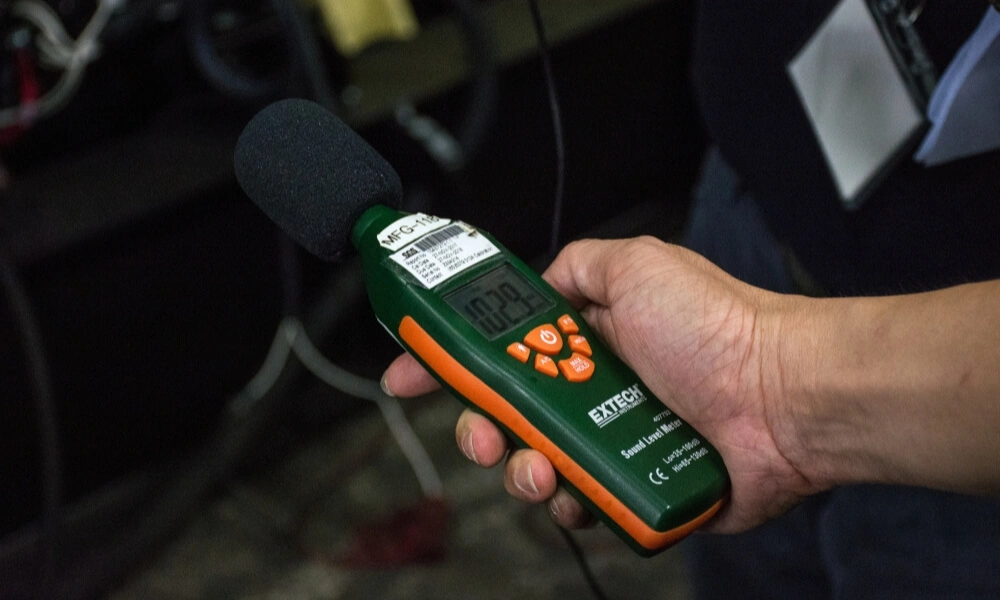In our modern world, noise has become an ever-present concern, affecting our health, well-being, and overall quality of life. To effectively address noise-related issues, accurate and reliable measurements are crucial. Various noise measuring devices have been developed to assess sound levels and gather valuable data for analysis and decision-making.
This blog post will explore ten types of noise-measuring devices commonly used in diverse fields, ranging from occupational safety to environmental planning. Understanding the capabilities and applications of these instruments can empower professionals to tackle noise-related challenges effectively. So, let’s delve into the world of noise measurement and discover the tools that enable us to quantify and understand this invisible pollutant.
What is Noise Measurement?
Noise measurement refers to quantifying sound levels in a specific environment. It is essential to understanding and managing sound levels for human well-being and environmental health. Noise is generally considered an unwanted or disruptive sound. The measurement of noise helps evaluate its intensity, frequency, and duration, which are critical factors in assessing the potential impact of noise on people, animals, and the surrounding environment.
There are several parameters commonly involved in noise measurement:
- Sound Pressure Level (SPL): This is the basic measure of the magnitude of sound and is usually expressed in decibels (dB). It represents the fluctuations in air pressure caused by sound waves compared to the ambient atmospheric pressure.
- Frequency: It measures the number of sound wave cycles per second and is expressed in Hertz (Hz). Different sounds have different frequencies, and noise measurement often involves analyzing the sound across various frequencies.
- Duration: This parameter accounts for how long the sound lasts. It’s an important factor, especially when assessing noise exposure over time, such as in occupational settings.
- Noise Dose: This refers to the cumulative exposure to noise over a certain period, usually a workday. It takes into account both the sound levels and the duration of exposure.
- Peak Levels: This measures the maximum instantaneous noise level, which is important in environments with sudden, very loud noises, as these can be particularly damaging to hearing.
- Weighting: This filtering process adjusts the measurement for different frequencies to approximate the human ear’s response to sound. The most common weightings are A-weighting (dBA), used for quieter sounds, and C-weighting (dBC), used for louder sounds.
Various instruments and devices are used for noise measurements, such as Sound Level Meters, Noise Dosimeters, Octave Band Analyzers, and software-based noise mapping tools. These instruments are employed in diverse settings, including industrial environments, urban planning, transportation, and health and safety assessments.
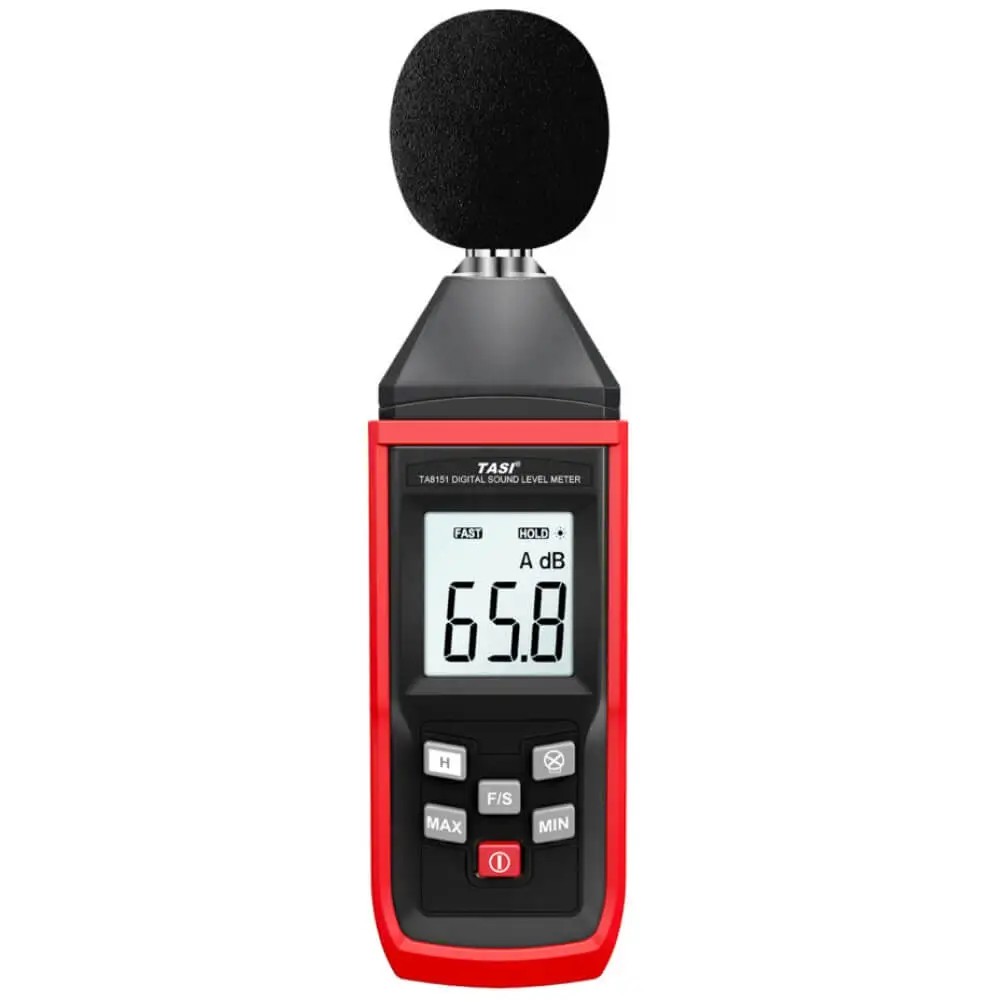
1. Sound Level Meter (SLM)
A Sound Level Meter (SLM) quantifies the intensity of sound waves in a given environment at a specific moment. The unit of measurement used in decibels (dB). SLMs are primarily used in noise pollution studies to quantify almost any noise, but they are especially useful in industrial, environmental, and aircraft noise assessments.
Sound level meters come in varying degrees of complexity, ranging from simple, hand-held devices with a single microphone and a read-out display to more complex sound analyzers simultaneously measuring several acoustic parameters.
The basic design of an SLM involves the following components:
- Microphone: This device’s sensor detects, and measures sound pressure waves. The accuracy of the measurement depends largely on the quality of the microphone.
- Preamplifier: This component enhances the signal received from the microphone before it is sent for further processing. This helps in maintaining the accuracy of the signal.
- Weighting Filters: These filters mimic the frequency sensitivity of the human ear. The most common are A- and C-weighting. A-weighting is used for lower noise levels, and C-weighting is used for higher noise levels.
- Root Mean Square (RMS) Detector: This detector calculates the average sound pressure level over a period of time, which can be set on the device.
- Display: The meter provides readings, usually on a digital or analog display, which shows the measured sound level in decibels.
SLMs are typically used to:
- Verify Noise Dosimeter Performance: SLMs can cross-check the readings of noise dosimeters to ensure accuracy and correct functioning.
- Estimate Employee’s Noise Dose: When a noise dosimeter isn’t available or appropriate for the environment, an SLM can measure the noise levels an employee is exposed to.
- Identify and Evaluate Noise Sources: SLMs can identify specific noise sources for reduction or elimination, especially in a noisy work environment.
- Evaluate the Feasibility of Engineering Controls: Engineering controls are methods implemented to control the noise level at its source or along its path. SLMs can help in determining the effectiveness of these measures.
- Evaluate Hearing Protectors: By comparing the noise levels with and without hearing protectors, SLMs can evaluate the efficacy of different types of hearing protection.
It’s worth noting that because an SLM only provides a snapshot of the noise level at a specific moment, it may be necessary to take multiple measurements at different times to accurately estimate the noise exposure over an extended period, such as a workday, especially in environments where noise levels vary significantly.
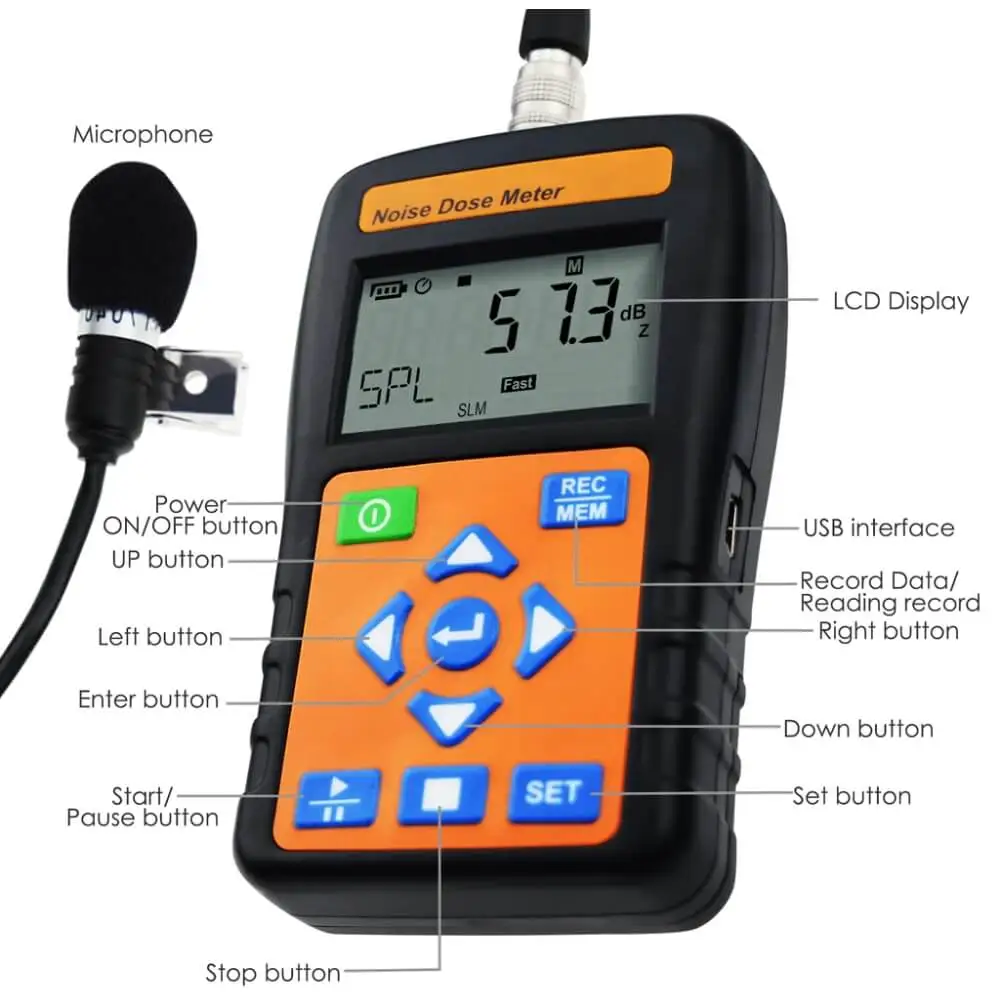
2. Noise Dosimeter
A Noise Dosimeter, also known as a personal sound exposure meter, is a specialized device designed to measure the accumulation of noise exposure over a certain period of time, such as an 8-hour workday. Unlike a Sound Level Meter, which captures the sound intensity at a single time, a noise dosimeter captures and logs data over an extended period, giving a more comprehensive representation of the individual’s overall exposure to noise.
The structure of a noise dosimeter is typically made up of three main components:
- Microphone: This is usually clipped to the worker’s collar or near the ear to capture the sound the person is exposed to. It must be placed close to the ear as this is what the person actually hears.
- Processing Unit: This is usually clipped to the person’s belt or pocket. It takes the sound input from the microphone, measures the sound level, and logs this data over the course of the day.
- Data Output/Display: At the end of the measurement period, the data can be downloaded from the dosimeter to a computer for analysis. Some dosimeters also include a display to provide real-time noise exposure data.
Noise dosimeters are particularly useful to:
- Comply with Regulations: Occupational Safety and Health Administration (OSHA) and similar regulatory bodies have permissible noise level exposure guidelines. Dosimeters can help ensure compliance with such standards by providing accurate noise exposure measures.
- Calculate Noise Dose: Dosimeters automatically calculate the ‘dose’ of noise an employee has been exposed to, expressed as a percentage of a reference value (usually the allowable limit).
- Measure Noise Exposure in Different Environments: Because the dosimeter is worn by the employee, it can measure noise exposure in all the different environments the employee encounters throughout the day.
- Evaluate the Efficacy of Hearing Protection: By comparing noise exposure with and without hearing protection, it is possible to assess the effectiveness of the protection in various noise environments.
In essence, a noise dosimeter provides a more personalized measure of sound exposure as it considers the worker’s movements, varying noise levels, and the duration of exposure to different noise sources.
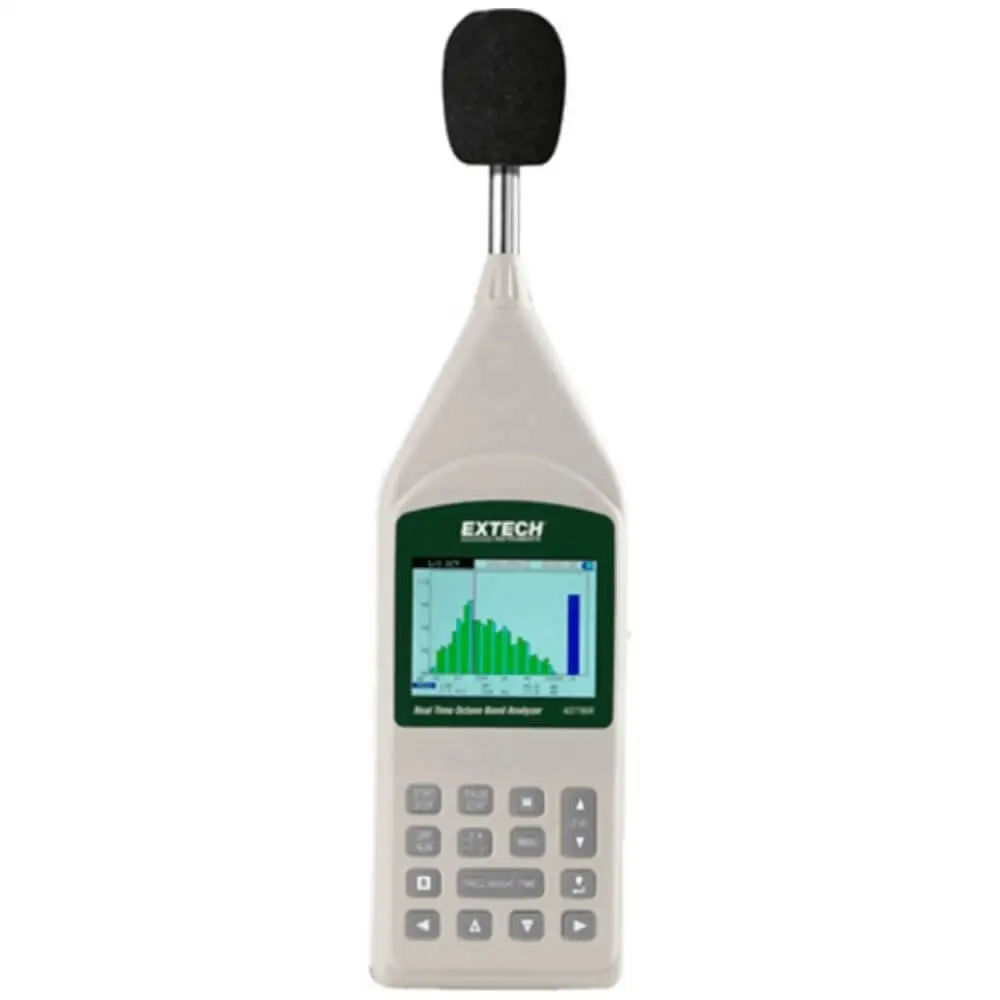
3. Octave Band Analyzer
An Octave Band Analyzer is an advanced instrument that breaks down sound into its constituent frequencies and measures the intensity of sound in each frequency band. This is a more nuanced approach than just measuring the overall sound level, and it is particularly important for applications where the frequency content of the noise is crucial, such as in assessing the effectiveness of noise control measures and selecting appropriate hearing protection.
Here’s a more detailed explanation of its components and functions:
- Frequency Bands: Sound can be composed of various frequencies. An octave band analyzer divides these frequencies into bands, each representing a range of frequencies. The term ‘octave’ comes from the fact that each band’s upper limit is twice the lower limit. In addition to full octave bands, one-third of octave bands provide an even more detailed breakdown of frequencies.
- Filters: The analyzer employs a set of electronic filters to separate the sound into different bands. These filters only allow the frequencies within a certain range to pass through. Common octave band center frequencies include 31.5, 63, 125, 250, 500, 1,000, 2,000, 4,000, 8,000, and 16,000 Hz.
- Microphone and Pre-amplifier: Like the sound level meter, octave band analyzers have a microphone to capture the sound and a pre-amplifier to increase the signal strength for processing.
- Display or Data Logger: The data from each frequency band is displayed on a screen or logged into memory for further analysis. The readout often displays the sound level in decibels for each band.
Octave band analyzers are used in various applications, such as:
- Assessing Noise Control Measures: By knowing which frequencies are most problematic, engineers can design noise control measures effective at those specific frequencies.
- Selecting Hearing Protection: Different types of hearing protection are more effective at reducing noise at certain frequencies. Using an octave band analyzer, one can choose the hearing protection most effective at the frequencies that dominate the noise in a particular environment.
- Acoustic Analysis: This can be useful in environments such as concert halls or studios, where sound quality is very important and is affected by its frequency content.
- Diagnosing Machinery Noise: In an industrial setting, an octave band analyzer can help pinpoint problems in machinery by identifying characteristic frequencies associated with certain types of mechanical failures.
In summary, an octave band analyzer is a specialized instrument that provides detailed information on the frequency content of sound, making it an invaluable tool in noise assessment and control.
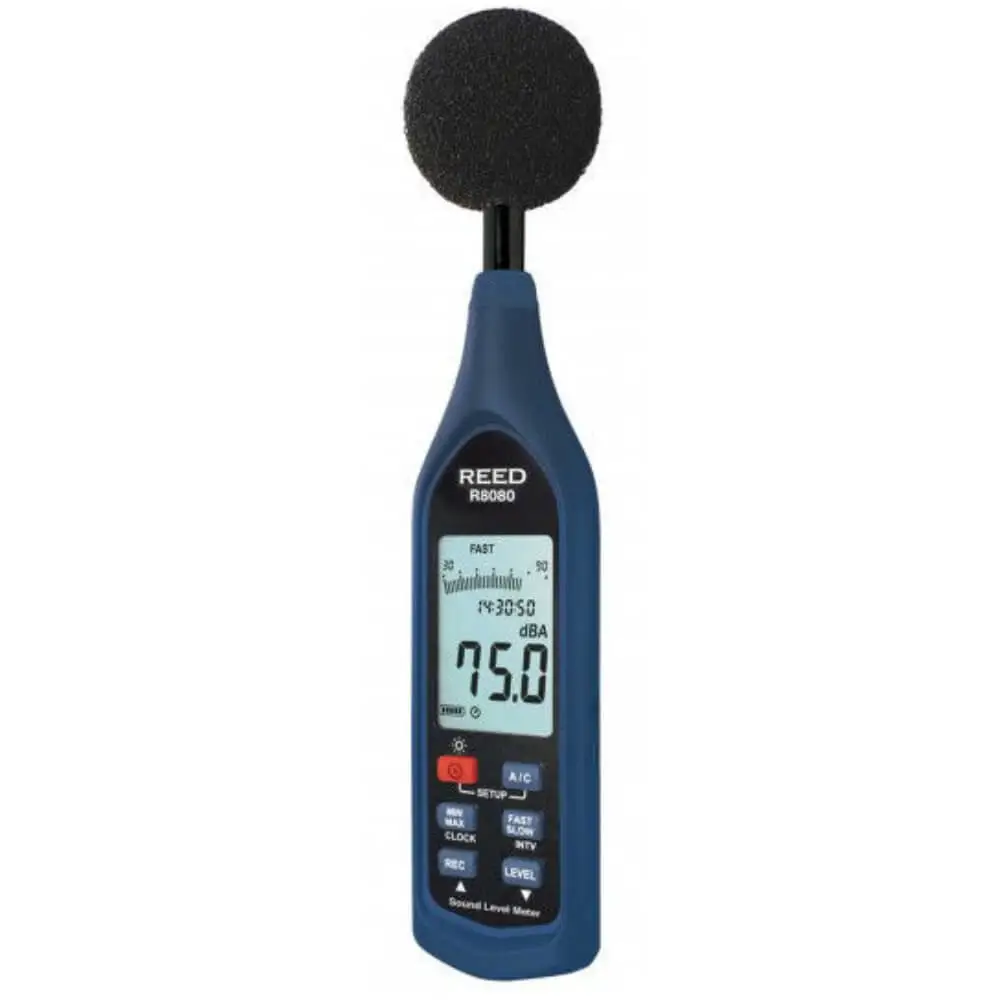
4. Data Logging Sound Level Meters
Data Logging Sound Level Meters are specialized sound level meters that can record sound levels over a defined period of time and store this data for later retrieval and analysis. This feature is particularly beneficial for monitoring environments where sound levels are not constant and can vary throughout the day or over longer periods.
Here’s a more detailed explanation of Data Logging Sound Level Meters:
- Microphone: Similar to basic sound level meters, data logging sound level meters use a microphone to capture the sound in the environment.
- Data Processing and Storage: The main distinction between standard sound level meters and data logging variants is the latter’s ability to process and store data. The sound level meter measures sound pressure levels at regular intervals, which can usually be set (e.g., every second, minute, or hour). This data is stored in internal memory or on an external device like an SD card.
- Time Stamps: Each measurement is often associated with a timestamp, allowing for a detailed analysis of how sound levels change over time.
- Display: Data logging sound level meters usually have a display that shows the current sound level and may also allow for the review of stored data.
- Data Retrieval and Analysis: After the monitoring period, the data can be retrieved from the device and transferred to a computer. Specialized software can then analyze this data, create graphs, and generate reports.
Applications for Data Logging Sound Level Meters include:
- Industrial Monitoring: In manufacturing facilities, monitoring noise levels is important to ensure compliance with regulations and protect workers’ hearing.
- Environmental Noise Assessment: For projects like construction, traffic management, or establishing new residential areas, understanding the noise environment over time can be critical for planning and compliance with local noise ordinances.
- Event Monitoring: At concerts, festivals, or sports events, monitoring sound levels is important to ensure that they do not exceed safe levels for attendees and staff.
- Building and Room Acoustics: For rooms like recording studios or concert halls, understanding the acoustics and how sound behaves over time can be critical for optimizing sound quality.
Data Logging Sound Level Meters provide a wealth of information about the noise environment that would not be available from a single instantaneous measurement, making them an invaluable tool for professionals in various fields.
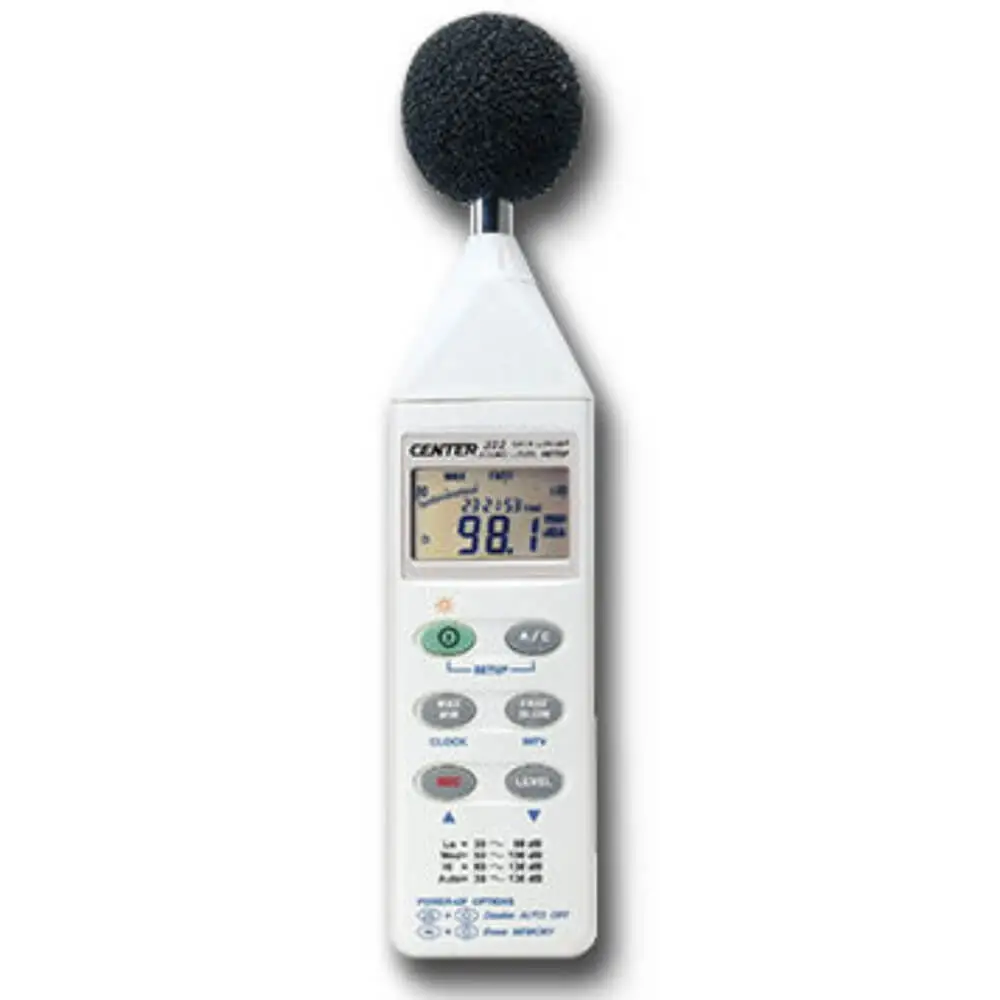
5. Integrating Sound Level Meters
Integrating Sound Level Meters are specialized devices that not only measure instantaneous sound levels but also calculate the average sound energy over a specified period of time. This is crucial in assessing environments where sound levels vary, as it gives a more representative measure of the overall noise exposure.
Here’s a more detailed look at Integrating Sound Level Meters:
- Microphone: Like other sound measuring devices, integrating sound level meters employs a microphone to capture sound waves.
- Integration Function: The device takes the sound pressure levels detected by the microphone and integrates (or accumulates) them over time. This means that it is constantly considering both the sound level and its duration to calculate the total energy of the sound over the measurement period.
- Leq Measurement: One of the key parameters that integrating sound level meters provide is the Equivalent Continuous Level or Leq. The Leq is the average sound level over the measurement period, adjusted because sound energy is not constant. It is usually expressed in A-weighted decibels (dB(A)), which accounts for the relative loudness the human ear perceives.
- Display and Controls: Integrating sound level meters typically have a display that shows the instantaneous sound level, the Leq, and other parameters. There are controls, usually including a start and stop button, to begin and end the measurement period.
- Data Logging and Analysis: Some integrating sound level meters have data logging features, allowing the stored data to be transferred to a computer for further analysis.
Using an Integrating Sound Level Meter typically involves the following steps:
- Position the Device: Place the meter’s microphone in the area you want to measure. It should be near the person’s ear to assess personal noise exposure.
- Set the Measurement Period: This might be a work shift, a production cycle, or any other time relevant to the assessed noise.
- Start Measurement: Press the start button to begin capturing data.
- Monitor the Display: Watch the display for the Leq to stabilize. This happens quickly in a controlled environment, but it might take longer in variable noise.
- Stop Measurement: Press the stop button once the desired measurement period is over. The device will then calculate the Leq over the period.
Integrating sound level meters are essential tools in industrial hygiene and environmental noise assessments, as they provide a more representative measure of noise exposure over time compared to instantaneous sound level measurements. This is especially important in complying with occupational health and safety regulations and protecting workers’ hearing in environments with fluctuating noise levels.
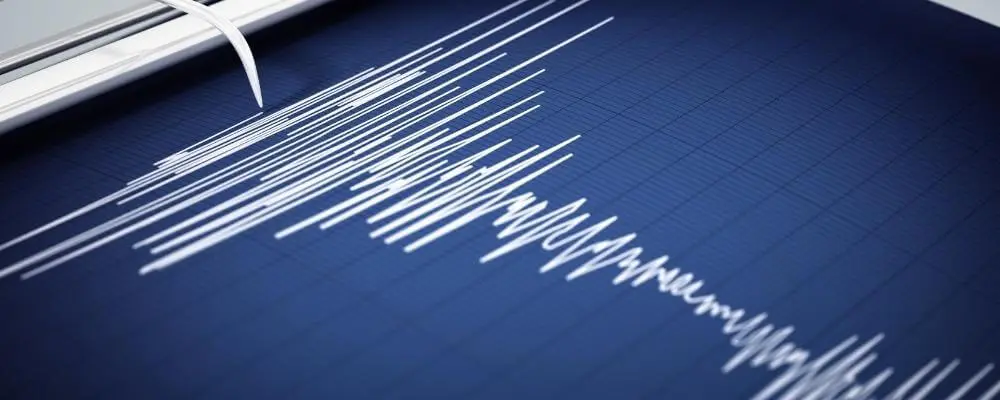
Other Noise Measuring Instruments
- Frequency Analyzers: These are advanced instruments that provide a detailed breakdown of the different frequency components of a noise source. They are used in more specialized applications such as engineering, research, and design of noise control measures.
- Noise Mapping Software: While not a standalone instrument, noise mapping software is often used with sound level meters and other instruments to create visual maps of noise levels across an area. These maps are useful for assessing environmental noise and planning noise control strategies.
- Vibration Meters: In some cases, measuring vibrations caused by noise is important, particularly in industrial settings. Vibration meters can help assess the impact of noise on structures and equipment.
- Smartphone Apps: Numerous smartphone apps can provide a basic level of noise measurement. While not as accurate or reliable as dedicated instruments, these apps can be useful for quick or informal assessments of noise levels.
- Calibrators: Though not directly used for measuring noise exposure, acoustical calibrators are essential tools to ensure that the sound level meters and noise dosimeters provide accurate readings.
Conclusion
In conclusion, understanding and controlling noise levels is crucial in today’s fast-paced and often loud world. The ten types of noise measuring devices discussed in this article, ranging from Sound Level Meters to sophisticated Frequency Analyzers, play an instrumental role in ensuring sound quality and protecting against noise pollution. These devices, which are invaluable across various industries, contribute to compliance with regulatory standards and the broader goals of safeguarding human health, enhancing productivity, and fostering a more harmonious environment for all.

